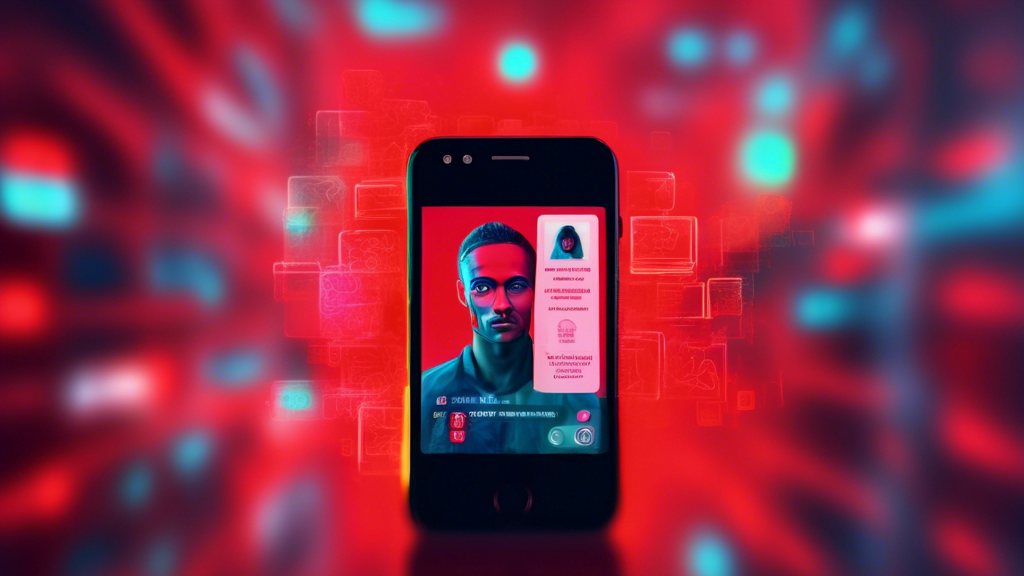Bumble Cracks Down on Catfishing: Now You Can Report AI-Generated Photos
The Dating App Takes a Stand Against Misleading Profiles
In a world increasingly reliant on digital interactions, online dating has become a common way to meet potential partners. But as technology advances, so too do the methods of deception. One growing concern is the use of AI-generated images, often indistinguishable from real photos, to create fake profiles, a modern twist on the age-old problem of catfishing.
Bumble, the popular dating app known for its women-first approach, has taken a proactive step in combating this issue by allowing users to report profiles suspected of using AI-generated photos. This new feature is a significant move in the fight against misleading profiles and the potential harm they can inflict.
The Rise of AI-Generated Images and the Threat to Online Dating
Artificial intelligence has made incredible strides in recent years, and one area where its capabilities are both impressive and concerning is image generation. Advanced AI algorithms can now create incredibly realistic images of people, landscapes, and objects that never actually existed.
While this technology holds exciting potential in various fields, its application in online dating raises serious concerns. Malicious individuals can exploit these AI tools to construct entirely fabricated personas, using these generated images to lure unsuspecting users into romantic connections built on a foundation of lies.
Bumble’s Response: Empowering Users to Fight Back
Recognizing the threat posed by AI-generated images, Bumble has implemented a reporting system specifically designed to address this issue. Here’s how it works:
- Identify Suspicious Profiles: Bumble encourages users to be vigilant and watch out for profiles displaying images that seem too perfect or artificial. Subtle inconsistencies, unusual textures, or a lack of realism can be telltale signs of AI-generated content.
- Report Your Concerns: If a user suspects a profile is using AI-generated photos, they can easily report it directly through the app. Bumble provides a straightforward process for flagging such profiles, allowing users to contribute to a safer dating environment.
- Bumble’s Investigation: Once a report is filed, Bumble’s moderation team will investigate the flagged profile. While the exact methods used to identify AI-generated images remain confidential to protect the integrity of the system, Bumble likely employs a combination of automated analysis and human review.
- Action Taken: If a profile is found to be using AI-generated images in a misleading or deceptive manner, Bumble will take appropriate action. This may involve removing the offending images, suspending the account, or even permanently banning the user.
The Importance of User Vigilance in the Age of AI
While Bumble’s reporting system is a significant step towards combating fake profiles, user vigilance remains crucial. As AI image generation technology continues to evolve, becoming increasingly sophisticated, it’s essential for users to be aware of the potential for deception and approach online interactions with a healthy dose of caution.
Here are some tips to help identify potentially AI-generated photos:
- Pay attention to details: Look closely at the image for any unnatural elements, such as unusual lighting, distorted features, or repeating patterns in the background.
- Examine the eyes: AI algorithms often struggle with realistically replicating the complex structures of the human eye. Look for any inconsistencies in reflections, pupil shape, or overall eye clarity.
- Check for imperfections: Real photos often contain minor imperfections, such as blemishes, wrinkles, or stray hairs. AI-generated images, on the other hand, may appear overly flawless and lacking in natural texture.
- Reverse image search: Use online tools to perform a reverse image search. This can help determine if the image has been used elsewhere online, potentially exposing a fake profile.
The Future of Online Dating: Balancing Technology and Trust
The integration of AI into our lives presents both opportunities and challenges. While AI has the potential to enhance our online experiences, it also introduces new avenues for manipulation and deceit.
Bumble’s decision to address the issue of AI-generated photos head-on demonstrates the platform’s commitment to creating a safer and more trustworthy environment for its users. By empowering individuals to report suspicious profiles, Bumble is fostering a collective effort to combat catfishing and promote authentic connections.
As AI technology continues to advance, the battle against misleading profiles will likely intensify. Dating apps, social media platforms, and users themselves must work together to navigate this evolving landscape, finding ways to leverage the benefits of AI while mitigating its potential for harm. The future of online dating depends on our ability to balance technological progress with trust, authenticity, and genuine human connection.
